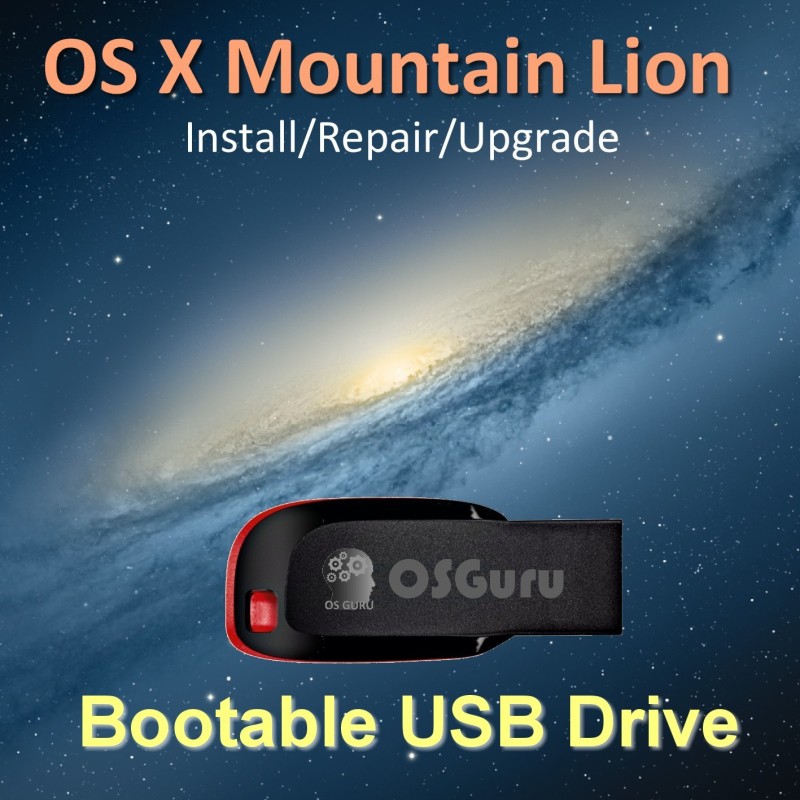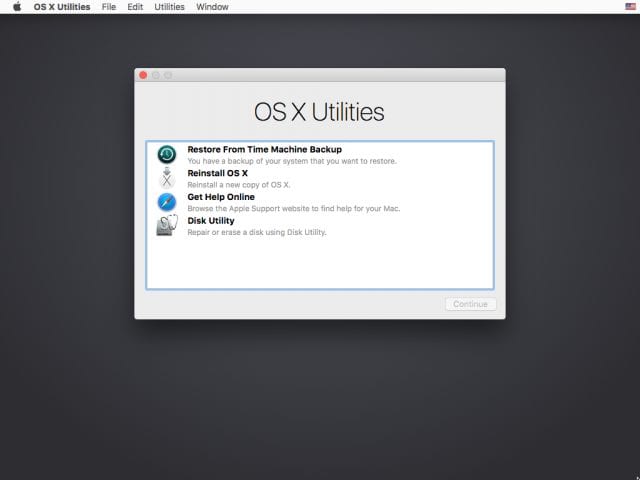


- #I was trying to restore os mountain lion how to
- #I was trying to restore os mountain lion mac os x
- #I was trying to restore os mountain lion install
- #I was trying to restore os mountain lion zip file
- #I was trying to restore os mountain lion update
So next time your Mac is acting wonky, reset the PRAM and it should be back in working order. Mac OS X Lion and above include the Recovery feature which can be used to reinstall the operating system, repair the hard disk or restore the system from a.
#I was trying to restore os mountain lion install
Resetting your PRAM will not only fix this particular OS X install issue, but it can also fix network issues, sound issues, and display issues. No user data will be lost in this process.

#I was trying to restore os mountain lion how to
First, completely shut down your Mac via the Apple Toolbar. IF YOU ARE RUNNING YOSEMITE THE ONLY DIFFERENCE IS THAT YOU HOLD COMMAND + R WHEN YOU TURN ON THE COMPUTER.This is a great video showing you how to restore a.However, sometimes this memory can get skewed, causing problems and requiring a factory reset. This memory is used to store info on your startup disk, startup volume, speaker volume, and timezone information amongst other vital system information. So, what is PRAM anyway? In the Mac world, PRAM stands for Parameter Random Access Memory. So after a bit of brainstorming, I ended up fixing the issue by resetting the PRAM on all of the iMacs. Host OS: macOS 11 Big Sur, macOS 10.15 Catalina, macOS 10.14 Mojave, macOS 10.13 High Sierra, macOS 10.12 Sierra, OS X 10.11 El Capitan, OS X 10.10 Yosemite, OS X 10.9 Mavericks, OS X Mountain Lion 10.8, OS X Lion 10.7, OS X Snow Leopard 10.6, OS X 10.5 Leopard and OS X Server 10.5 Leopard running on a computer with Apple M1 chip, Intel. And that would of course all take a while, but if you keep the DMG file, you wouldn’t have to go through it again and you’d have an OS X installer at the ready if you restore it to an USB stick (as shown here starting from step 4).Last night, when attempting to restore three iMacs to a fresh Install of OS X, I was left with an annoying and slightly frightening message: “OS X Cannot Be Installed On This Computer.” For some strange reason, this happened to me on three different iMacs, all of which previously had Bootcamp partitions. However, that may only get you whatever version of OS X came with your computer, not the latest. If you don’t have the OS X installer because your Mac came with the version you want to install, you’ll need to buy the installer from the Mac App Store (which will also mean an upgrade to Mountain Lion if you’re on Lion), or, if you’re tech-savvy, you can perform an internet recovery (start up holding option-command-R) to install OS X to an external drive, unplug that drive as soon as it reboots during the install process, and then after reboot reconnect it and find the DMG file in its “Mac OS X Install Data” folder, and modify brunerd’s utility script to accept the DMG rather than the Install Mac OS X app.

#I was trying to restore os mountain lion update
brunerd’s tool is actually a meta-utility, in that it builds a new utility using pieces of the Apple downloads, which you then run to create or update the recovery partition. The utility requires that you have the “Install (Mac) OS X (Mountain) Lion” app that you purchase from the Mac App Store (it can be redownloaded if you don’t have it on your computer). You also need the free Lion Recovery Update 1.0 (even if you have Mountain Lion). Option 2: If they have another Mac, or a friend or family member with one, or even an Apple Retail Store nearby, they can sign into the Mac App Store on. From there, they can associate Mavericks with their Apple ID and update to 10.9 from whatever the internet recovery installs on there.
#I was trying to restore os mountain lion zip file
zip file in the post, unzip, double-click, and follow the prompts. It will download the OS that shipped with the Macbook Air. It’s a little intimidating looking because he’s got the whole script on his page, but it’s quite easy to use even if you’re not a Terminal type of person - find his link to the. It will also update the Recovery partition to the current version of OS X, which doesn’t always happen during a standard OS X software update. Hooray! brunerd has written an easy to use utility that will create a Lion or Mountain Lion Recovery partition if you don’t have one (for example, if you performed a full-system Time Machine restore to a brand new drive). One additional bit: Having Mountain Lion randomly reboot is a lot less painful than when versions older than Lion would reboot.


 0 kommentar(er)
0 kommentar(er)
